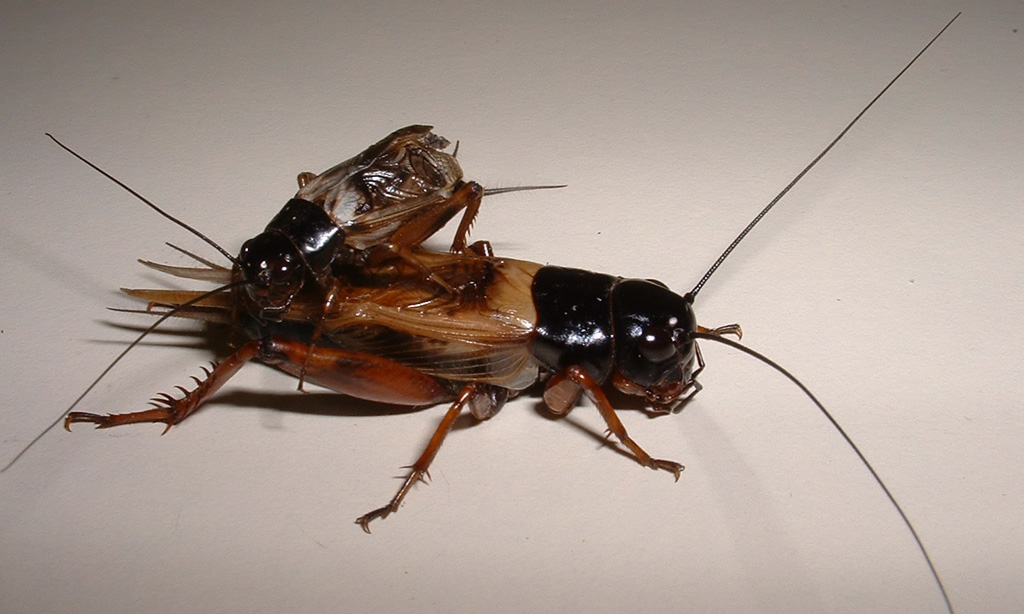The best strategy depends on what sort of male you are
|
In the lab, we tend to focus on whether males with a particular trait, like large size, are successful. We looked at what traits made males most successful in the wild and found not only that it depended not just on a single trait, but on what combination of traits males had. For instance, males who sang for longer had more offspring, but this was only really important for small males – smaller crickets had to sing to have offspring, but bigger ones did better even if they didn’t sing. This shows that you can’t just look at one feature of an individual if you want to see if they’re a winner or a loser, you may need to look at several features at once.
Download our paper on this work here |


